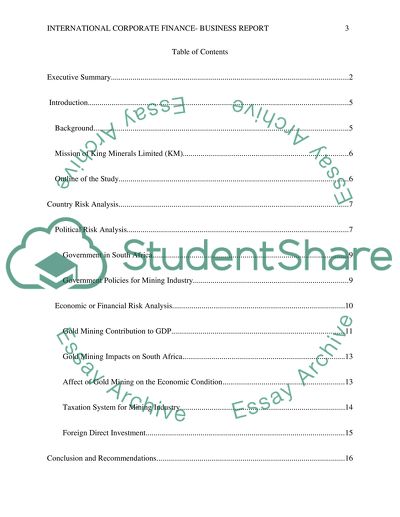Cite this document
(“International Corporate Finance - Business Report Essay”, n.d.)
International Corporate Finance - Business Report Essay. Retrieved from https://studentshare.org/finance-accounting/1457014-international-corporate-finance-business-report
International Corporate Finance - Business Report Essay. Retrieved from https://studentshare.org/finance-accounting/1457014-international-corporate-finance-business-report
(International Corporate Finance - Business Report Essay)
International Corporate Finance - Business Report Essay. https://studentshare.org/finance-accounting/1457014-international-corporate-finance-business-report.
International Corporate Finance - Business Report Essay. https://studentshare.org/finance-accounting/1457014-international-corporate-finance-business-report.
“International Corporate Finance - Business Report Essay”, n.d. https://studentshare.org/finance-accounting/1457014-international-corporate-finance-business-report.


